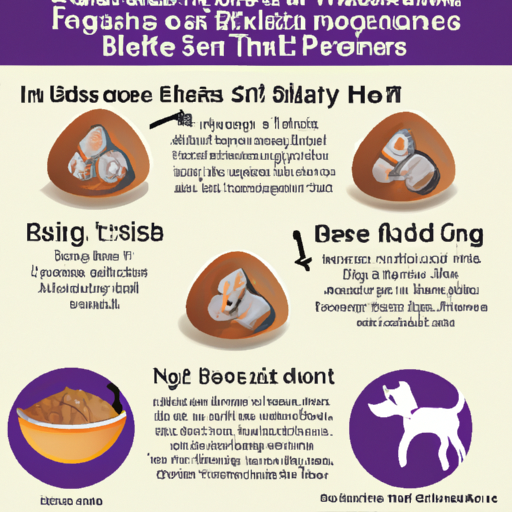# What is Kibble for Dogs
As a caregiver, you’re always concerned about what goes into your pet’s belly. It’s all about offering the best nutrition to your furry friend. And when it comes to dog food, one term that often comes up is “kibble”. But what exactly is it? Let’s delve deeper into the world of kibble.
## What Constitutes Kibble
Kibble is essentially dry dog food. It consists of a variety of ingredients, both animal and plant-based, which are cooked, ground, and shaped into small, bite-sized pieces. Here’s a typical kibble ingredient list:
- Proteins: Chicken, beef, or fish
- Grains: Corn, wheat, or rice
- Vegetables: Peas, carrots, or potatoes
- Fats: Animal fat or vegetable oil
- Vitamins and Minerals: Calcium, iron, vitamin A, B, and C
## The Manufacturing Process of Kibble
The process of making kibble is known as extrusion. It involves a few key steps:
- Mixing: The ingredients are mixed together to form a dough.
- Cooking: The dough is cooked under high temperature and pressure.
- Cutting: The cooked dough is cut into small pieces, or “kibbles”.
- Drying: The kibbles are dried to remove moisture and prevent spoilage.
- Coating: The kibbles are coated with flavor enhancers and preservatives.
## Health Benefits of Kibble
Kibble offers several health benefits for your dog:
- Dental Health: The crunchy texture helps clean your dog’s teeth and gums.
- Nutrition: It’s packed with all the essential nutrients your dog needs.
- Longevity: The preservatives help it last longer, making it a convenient choice.
- Ease of Feeding: It’s easy to serve, measure, and store.
## Pros and Cons of Kibble
Like any other dog food, kibble has its pros and cons. Here’s a quick comparison:
| Pros | Cons |
|---|---|
| Convenient | May contain artificial additives |
| Affordable | Some dogs may have grain allergies |
| Long shelf life | Not as palatable as wet food |
## Frequently Asked Questions
Q: Is kibble good for all dogs?
A: Generally, yes. But certain dogs may have specific dietary needs or allergies.
Q: Can I mix kibble with wet food?
A: Yes, many dog owners do this to add variety to their dog’s diet.
Q: How much kibble should I feed my dog?
A: This depends on your dog’s size, age, and activity level. Always check the feeding guide on the package.
In conclusion, kibble is a popular choice for many dog owners due to its convenience and nutritional completeness. However, it’s always important to consider your dog’s individual health and dietary needs when choosing their food.



